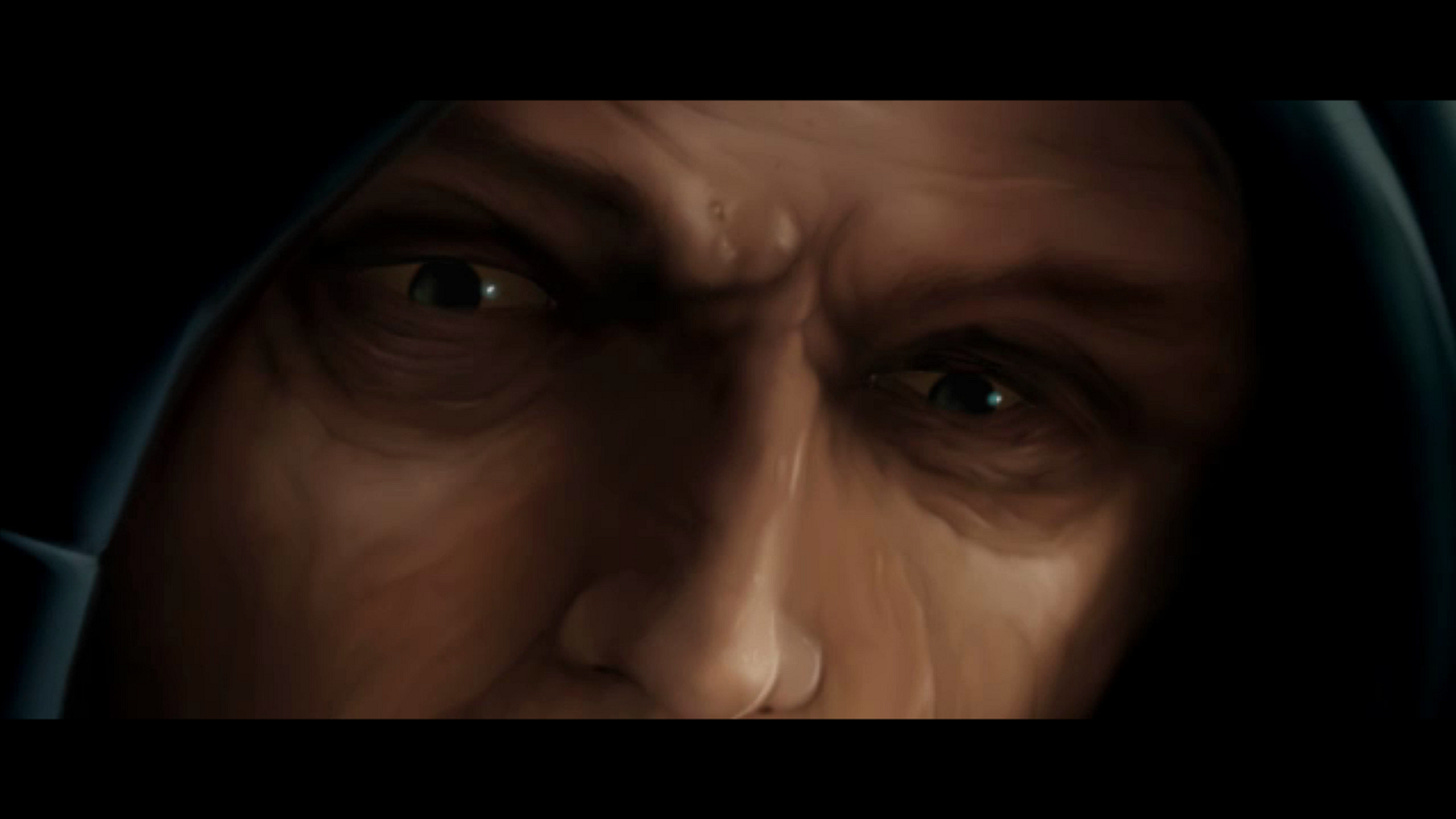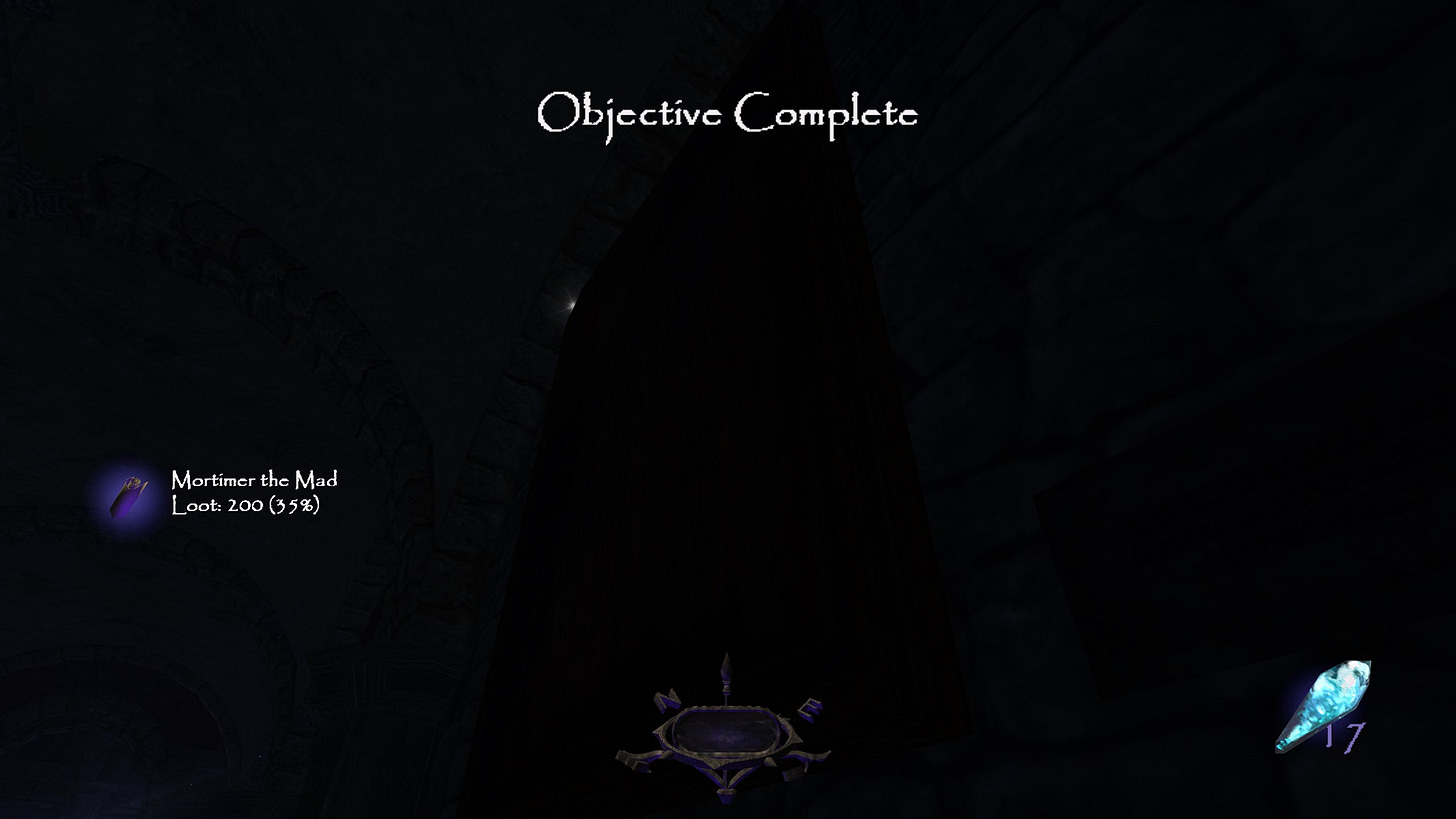The value of engaging with old media
How systems matter more for the quality of a game than the level of technology and fidelity invested in it

My playthrough of Thief Deadly Shadow got “interrupted” by the holidays and a return to time-wasting games, but it’s nice to finally be back on my backlog after that little break. However, due to this playthrough being dragged out over two months time, I don’t feel like I have quite the same sort of focused idea/concept as I have had about my previous games on here, so this will be akin more to a blog post than an essay. I do still have two main takeaways from the game that I want to expound on.
The first of these is alluded to in the subtitle. I don’t think I’ve enjoyed immersing myself in a game as much as this in a long while. While the game is rather janky and seen by many as the weakest installment in the Thief series, it still manages to instill you with the sense that you’re a master thief yourself. Scouting out guardsmen, finding clues, and snatching away loot feels thrilling and fun. While the different fences and shops introduce a level of friction, I enjoy that. It’s a logical division that you’d have fences specialised in art, heirlooms, gold and gemstones. It helps bring The City alive to some degree instead of just feeling like a game hub. It’s sort of makes you wonder that I can feel more immersed in a janky game from 2004 than massive AAA productions from the 2020’s, simply because of small details like these. Despite all the millions of dollars they invest in making their worlds feel real, they stumble and falter at points because they refuse to introduce friction in gameplay to accomodate the world of the game. Anything that might inconvenience the player is seen as subservient to the experience of playing, despite what it may contribute to the experience as a whole.

The second point is one that’s been talked to death, but it is one that’s close to my heart. Whenever I play games with older design sensibilities, I really do grow ever more allergic of questmarkers and loot icons. I can most definitely accept it in some games such as action games where they exist to easier facilitate your journey between setpieces, but in stealth and roleplay games they really truly do irk me. Part of the joy I get from these games is immersing myself in them and growing to know the small world they plop me into. After playing 5 Yakuza games, I can navigate Kamurocho without thinking twice of it. It’s become a place of comfort that I know like the back of my hand. And even without such excessive repetition, the relatively short playthrough that Thief takes you through left me knowing where everything was about halfway through, simply through competent design and memorable landmarks.
I think part of the problem here is that a lot of games go for a more is better approach and simply balloon the size of their worlds, whereas I’m sort of convinced that a competently crafted smaller world is infinitely more interesting for the player. Not only is it something that you’re more able to get to know in a reasonable amount of time, which prevents bloated playthrough times, but a limited scope also simply allows for a higher level of polish. I don’t care if my game is a fraction of the size of GTA 6, I care about how enjoyable and memorable that fraction is. I don’t want a game to swallow my life, I want it to be a manageable chunk that leaves me satisfied, either by me having come to enjoy my time with it or by leaving me with things to think about and ponder on my own.
All in all, Thief was a refreshing game to play. It’s one that I’ve tried to finish several times since 2014, and it’s nice to finally have it out of the backlog. The only negative would be that finishing it expanded the size of my backlog instead by adding the first two games to it. Here’s to a more productive 2025 where I don’t fall back into the mire that is Paradox Interactive and instead actually keep going through my backlog at a reasonable pace.

